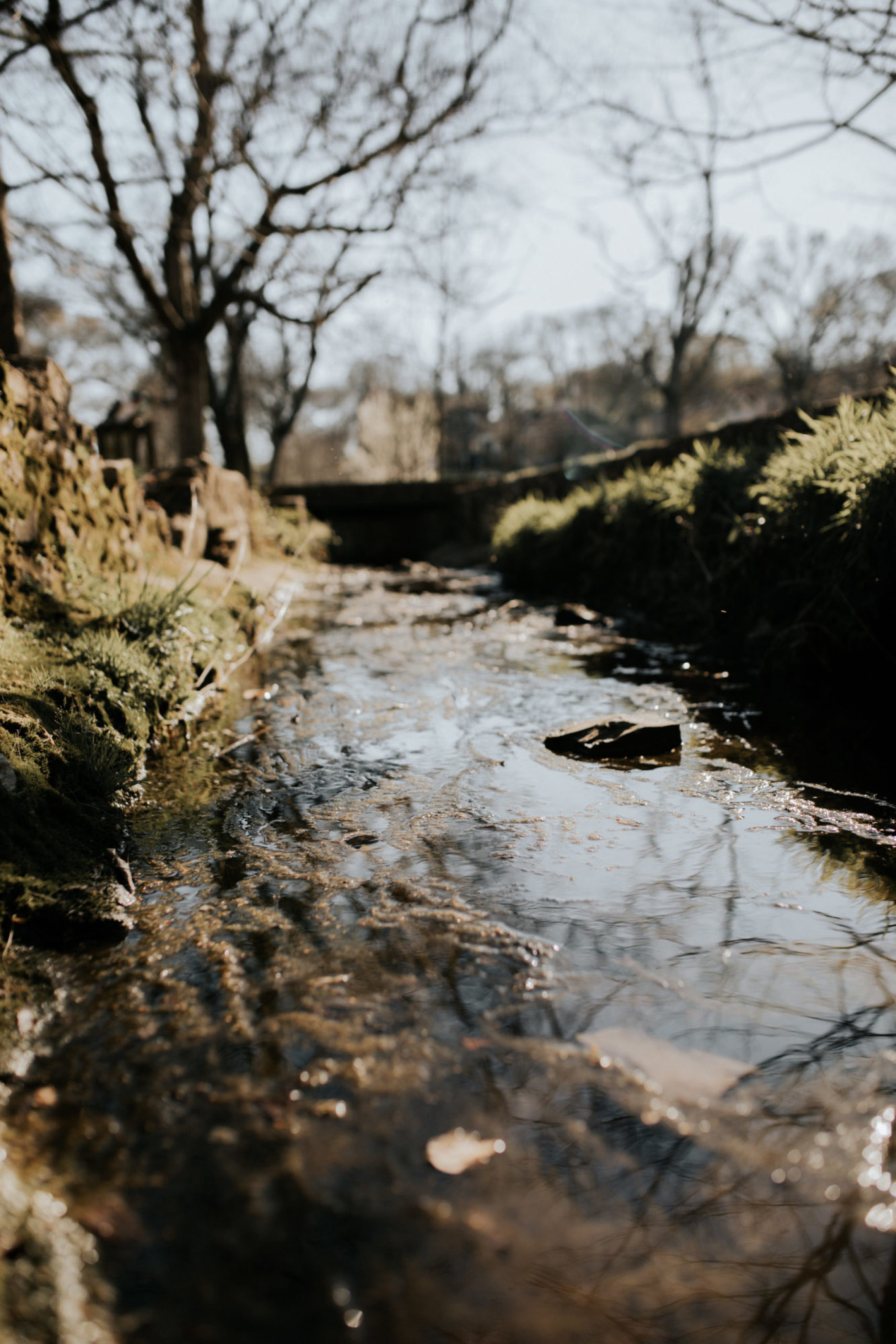One in 1,220.
That is the ratio of Native Americans who have died from COVID-19, compared to 1 in 2,150 white Americans.
Native Americans are continuously fighting towards access to public funded water systems and healthcare, two things that are extremely important during a pandemic. Water quality and infrastructure should be accessible for everyone in the United States regardless of race.
What You Need to Know About Water Quality on Reservations
For some reservations, water quality has been a serious issue since the early 1900s. On the Navajo reservation specifically, 30-35 percent of houses are not connected to public water systems. On average, 0.6 percent of houses nationally are not connected to public water systems in comparison to 12 percent of Native American houses. In a study from 2010 and 2011, The Center of American Indian Health found that 17 percent of water samples contained viruses and parasites, one of several issues with water quality on reservations. The majority of white neighborhoods don’t have this issue. Water disparities are common in the United States and this article further explains water disparities for different racial and ethnic groups and the history behind these inequities.
Native American Nations also have 60 percent more water-quality violations in comparison to water systems in non-tribal areas. Extensive mining near reservations is one of the main contaminants for water systems in reservations. In the Navajo Nation specifically, abandoned uranium mines are the source of water contamination and radiation in homes as well.
Many US citizens who do not live on reservations have the luxury to choose to be on public water systems or have their own personal systems. Native Americans from a multitude of reservations and nations do not have this privilege to choose how to receive clean water. While the EPA is working on cleaning up the water in the Navajo Nation, the main solution for residents to obtain clean water is to safely haul water from different regulated sources. Hauling water should not be the final solution for thousands of people in a nation that is considered a first world country. To learn more about water quality and resources issues, visit here to learn more about disproportionate water accessibility for Native Americans.
The Connection Between COVID-19 and Water Quality
Native Americans are disproportionately affected by COVID-19 due to lack of water infrastructure and other inequities. The Navajo Nation, where 30 percent of the population does not have running water, also has the highest COVID-19 infection rate.
How does running water connect to COVID-19? One of the most important things to avoid infection during the pandemic is to wash your hands, which requires running water. Since a higher percentage of Native American reservations lack access to running water compared to the national average, this poses a serious problem. Even though people on reservations may have running water, the water itself has a higher possibility of being contaminated. This means that people have a risk of being infected from water contaminants and COVID-19.
Two solutions that the EPA has suggested for Native American Nations are hauling water and purchasing bottled water. However, shopping for bottled water means that Native Americans face the possibility of contracting COVID-19 for a necessity. Hauling water from a regulated source means that people have to continuously go back and forth to specific locations to find clean water. The EPA also mentions that it has sometimes been more convenient for some Native Americans to haul water from unregulated sources. This further exacerbates health problems especially if the water comes from livestock springs. Native Americans should already have access to a clean water supply in their households instead of risking their health everytime they need more water.
Native Americans have higher health disparities, meaning that they are at a higher risk of not only contracting the virus, but dying from it. With a lack of infrastructure, water, and underfunded healthcare, Native Americans have historically been more susceptible to diseases.
Ways to Make a Difference and Learn More
Inequities for Native Americans and other people of color in the United States who are disproportionately affected by the pandemic and a lack of infrastructure in their communities will not change overnight. However, change can start to happen little by little. Continuing to learn about inequities on reservations is an important step to being able how to think about helping solve the problem. It is also important to realize that one of the best ways to support the community is to work with Native-led organizations for change. While the EPA provides assistance with environmental issues, it is one of many steps in the fight for actual equitable infrastructure and funding for Native American Nations.
- Learn more about how COVID-19 Exacerbates Inequalities for Indigenous Communities in this three part series by Yuna from over the summer; part one, part two, part three
- Donate to the Navajo Water Project
- Contribute to the Navajo and Hopi Families COVID-19 Relief Fund
- Contribute to Protect Native Elders to help provide PPE, bottled water, and other supplies
- Read Native Voices Rising to learn about Native American organizations and why you should support Native-led change
- Check out Indian Country Grassroots (a Native American-led Organization) for more resources and programs
- Learn more about the reservation system inequities and history here
- Learn more about the economic and health impact of COVID-19 on reservations here
- Learn more about the economies of reservations here
- Read about the EPA actions on tribal water quality standards
- Visit this website to discover more ways to help and volunteer on reservations
- Four Ventilators: What COVID-19 in South Sudan Reveals About Healthcare in the Developing World - December 22, 2020
- Shifting Crowd Control Tactics in Modern Policing - December 1, 2020
- How a Loaf of Bread Led To My Understanding of the Prison System - November 12, 2020
